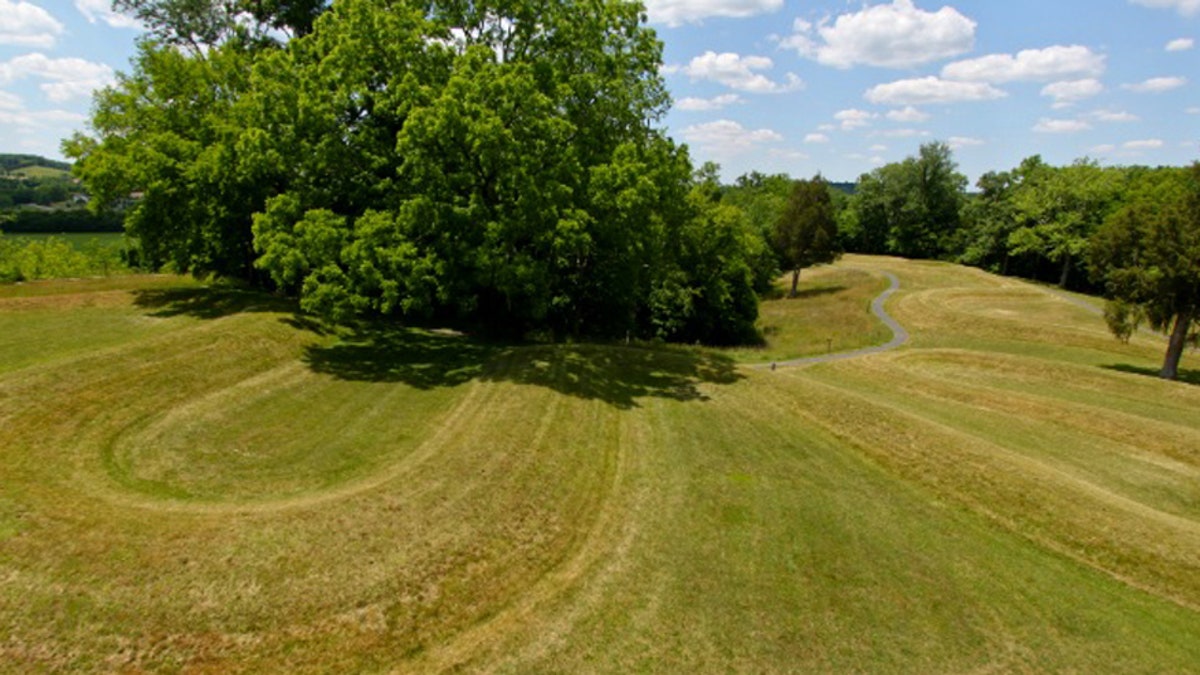We’re willing to bet that you’ve heard of the Taj Mahal, the Grand Canyon, the Great Wall of China and the Pyramids of Giza. Perhaps these and a few other famous landmarks are items on your travel bucket list. The only problem, everyone else’s lists look just the same.
Not that you shouldn’t visit these popular places. Obviously they all have tremendous cultural and historic value that makes them worthwhile and meaningful destinations, but everyone knows that nowadays it’s so much cooler to opt for the unpopular. In fact, traveling at all is just way too mainstream, so maybe you should just stay home and soak up your own awesomeness.
We’re totally kidding. No matter what the status quo, you should never stop exploring the world. We just think it might be a little bit more fun to adventure into the lesser known corners. Maybe they’re not as well known, but there are plenty of less trendy travel spots out there that are just as culturally rich and remarkable as some of the more commonly celebrated places.
Each year the State Parties of the United Nations Educational, Scientific and Cultural Organization (UNESCO) gather in order to outline which natural and cultural sites around the world will be eligible for inclusion on the World Heritage List.
All of the sites mentioned above (the Taj Mahal, Grand Canyon, Great Wall of China, Pyramids of Giza) are some of the list’s most popular tourist destinations in the world. However, the full list includes nearly 1,000 properties (981 to be exact) and it continues to grow each year as UNESCO considers new sites and adds them to the official list.
So naturally, there are a few (and by a few we mean many) exceptional sites out there that you’ve probably never heard of, but that definitely deserve a top spot on that travel bucket list of yours.
What’s more, beyond UNESCO’s official list, the organization also has a large collection of sites that have been nominated for inclusion but haven’t yet been deemed official World Heritage Sites.
In keeping with the trend to stray away from “the mainstream” (still totally kidding about that), we decided to sort through some of the nominees and create our own list of cultural gems that aren’t quite so well-known just yet. But one day they might be considered official World Heritage Sites, and who knows, even garner as much fame as the Great Wall or Grand Canyon.
So grab a pen, add these spots to your list and ask your inner hipster to plan a trip before everyone else jumps on the bandwagon.
1. Serpent Mound— Ohio

(The Active Times)
This fascinating display of elevated earth has been a point of interest for archaeologists since the late nineteenth century. According to The Ohio History Connection, this effigy mound (a heightened piece of land constructed in the shape of an animal, symbol, religious or other type of figure) was created by Native Ohioans nearly 900 years ago and is considered a significant symbol of the state’s storied past. The mound’s name, which implies its depiction of a slithering snake, is only speculative, but its shape is most certainly serpent-like and many past visitors have described the area as a peaceful spot for a picnic.
2. Paraty Gold Trail— Brazil

(The Active Times)
Now a historic hiking adventure through the rainforests of Brazil, the Gold Trail in Paraty was once a rugged route used by African Slaves to transport gold and precious stones. The entire route is said to have once been as long as 745 miles, which means the journey may have taken up to 95 days to complete. Now, travel outfitters offer day tours of the trail that include breaks for waterfall swimming and rum drinking.
3. The Fagatele Bay National Marine Sanctuary— American Samoa

(The Active Times)
Now referred to as the National Marine Sanctuary of American Samoa, this federally designated underwater area is one of 14 protected by the National Oceanic and Atmospheric Administration’s (NOAA) Office of National Marine Sanctuaries. According to the NOAA , of all the sanctuaries it is the most remote, the only true tropical reef and is believed to contain the greatest diversity of marine life. Established in 1986, the American Samoa was once the smallest of all the sanctuaries but it has since expanded to cover more than 13,581 square miles and is now the largest.
4. Mistaken Point— Canada

(The Active Times)
A cliff shaped by waves off the coast of Newfoundland’s Avalon Peninsula, this geologically significant site was named for its tendency to trick sailors during foggy weather. Many often mistook it for the nearby Cape Race and as a result, would accidentally crash their ships into the cliff’s craggy edges. According to a historical report by Berkeley College, the area, which was nominated for the World Heritage list in 2004, is said to be home to over 50 wrecked ships. Even more importantly, it is also a source of substantial fossil findings. Some date back 575 million years and one discovered by an Indian professor is said to be the oldest record of multicellular life.
5. The Trelleborg Fortresses — Denmark

(The Active Times)
A Trelleborg is a ring-shaped Viking fortress, several of which exist in Denmark, Sweden and Norway. Three that are located in Denmark have been submitted as World Heritage site nominees. The uniquely designed structures are believed to date back to 980 and are regarded as significant links to the militaristic displays of power during the late Viking era.
Check out the full list of cultural gems you can’t miss.
More from The Active Times
The 12 Best Places to Stargaze
20 Stunning Mountaintop Views You Need to See Now
10 Surreal Sunsets That Will Take Your Breath Away
